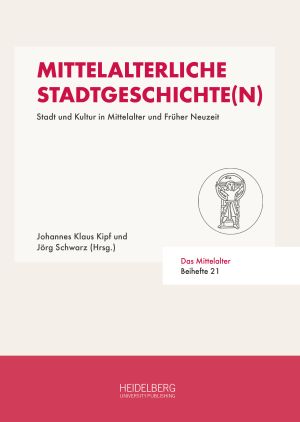How to Cite
License (Chapter)

This work is licensed under a Creative Commons Attribution-ShareAlike 4.0 International License.
Identifiers (Book)
Published
Konstantinopel – eine überlebende antike Stadt im Mittelalter?
Abstract Constantinople was founded in 324 as the new residence of Constantine the Great and as a centre of his semi-pagan imperial cult. After his death in 337, it soon became a Christian city, and after several decades, it became the capital of the Roman East. For almost nine hundred years, until its conquest by the Crusaders in 1204, Constantinople was never taken by foreign armies and did not experience any unique, catastrophic rupture but underwent constant change. Periods of construction, decay and reconstruction alternated, and new residents migrated in who were unfamiliar with the city’s history and had difficulties understanding its Roman traditions and partially still pagan appearance. Although migration led to rifts in the upper classes and senatorial ranks, the Byzantine Empire still continued to exist in a reduced form as a late-antique Roman state until 1204, with Constantinople as its capital. Development into a ‘modern’ city with an independently acting civic society did not take place because of the constant presence of the imperial court.
Keywords Constantinople; Roman traditions; continuity versus the process of change






